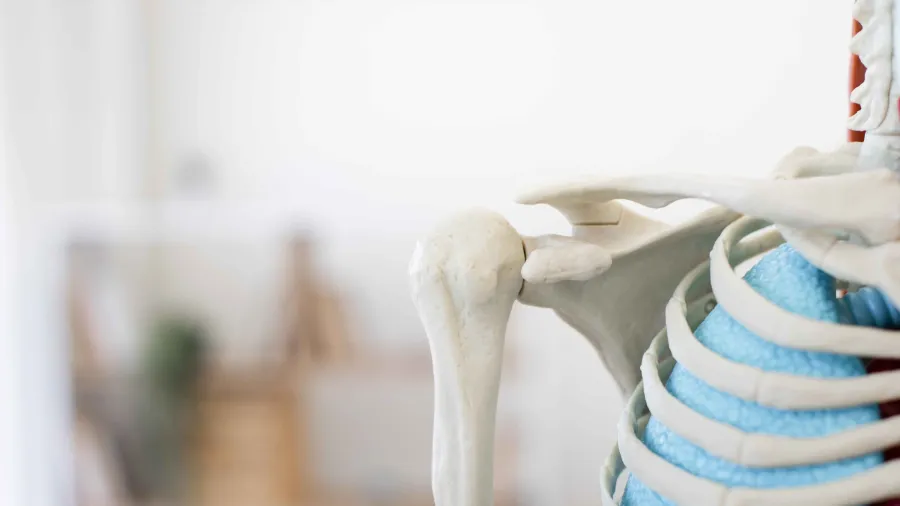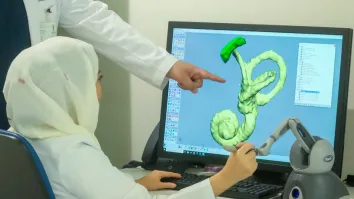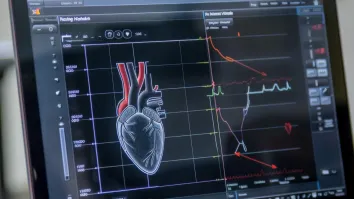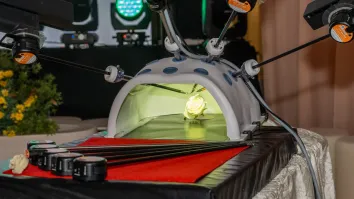
What drives the shoulder arthroplasty field?
Improved fixation techniques are helping prevent failures and reduce repeat surgeries.
Recent developments in implant design and biomechanical optimisation, have positioned the shoulder arthroplasty field for substantial growth, according to GlobalData.
Fixation techniques are improving how implants attach to bone, helping to prevent failures and reduce the need for repeat surgeries, said Elia Garcia, Medical Analyst at GlobalData.
In addition, more surgeons are choosing reverse shoulder replacements, reflecting a shift towards procedures that can handle more complicated shoulder issues.
“With digital health tools gaining traction, the integration of preoperative planning software, intraoperative navigation, and postoperative monitoring may significantly enhance both surgical accuracy and patient recovery in orthopedic procedures,” Garcia added.
Meanwhile, the field’s expansion is attributed to the rising demand for orthopaedic solutions due to an ageing population and an increase in sports-related injuries.



















 Advertise
Advertise





